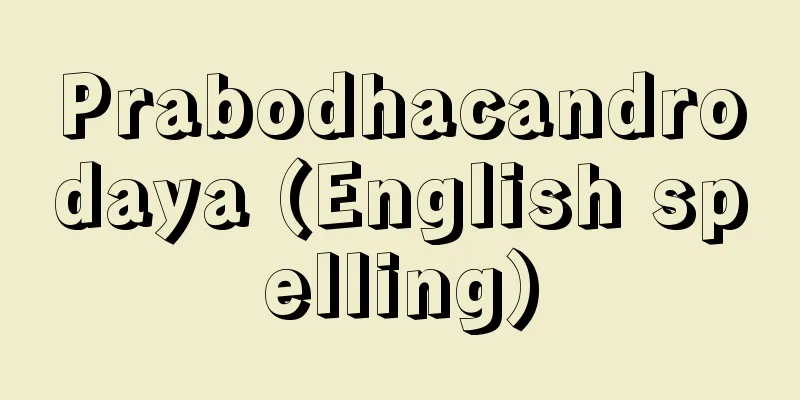Yoshida Koton

|
A pioneer of historical research in the late Edo period. His given name was Tan, later he was called Kangan. His pen name was Gakushu (Confucian scholar), later Gakusho (student). He was commonly known as Tanzo, and his pen names were Kaiho and Takamura Dun. For generations he had been a medical officer for the Mito Tokugawa family. He was renowned as a great physician, and at the age of 30 he was selected as a court physician, but was banished for making an outside examination at night while on duty. He spent time in Kyoto and Osaka, taking the pseudonym Sasaki Tanzo, and on returning to Edo he studied the Ming and Qing dynasties under Inoue Kinga. He opened a private school in Asakusa, but as a great physician he lamented the constant flow of patients and had no time for research. However, he was knowledgeable in authenticating calligraphy, and was asked by famous booksellers Matsuzawa Rousen (1769-1822) and Hanabusa Heikichi (1780-1830) to appraise his books. He bought some of the finest copies among them, and for a time his collection of books was called the same as that of Kimura Kenkado in Osaka. He continued to study with Tachihara Suiken, a samurai of the Mito domain, and was later able to return to the Mito domain. Other students at his school included Ota Kinjo and Yashiro Hirokata. His book, "A Comprehensive Analysis of the Analects of Confucius," in 10 volumes (1791, woodblock print), is considered a masterpiece of proofreading. His other works include "Katsuban Kyoji Ko", "Kinbun Oppittu", and "Kinbun Zakkoku". He passed away on September 1, 1790. He was 54 years old. [Mitsunaga Yayoshi, Mitsuhiko Shibata July 19, 2016] "Manuscript of 'Shishibiko, Vol. 18' by Hara Nensai (held in the Seikado Bunko collection)" ▽ "'Senzetsu Sodan, Sequel, Vol. 6, 12' by Tojo Kindai (1884, Senshobo)" ▽ "'Hon no Hanashi' by Mimura Seizaburo (1930, Oka Shoin; renamed 'Hon no Hanashi', included in 'Mimura Chikusei Shu 2', 1982, Seishodo Shoten)" ▽ "'Takadun Manuscript' by Yayoshi Mitsunaga" (included in 'Biblia' No. 83, 1984, Tenri Library)" [References] | | | | | |Source: Shogakukan Encyclopedia Nipponica About Encyclopedia Nipponica Information | Legend |
|
江戸末期の考証学の先駆者。名は坦(たん)、のちに漢宦(かんがん)と名のる。字(あざな)は学儒、のち学生(がくしょう)。通称は坦蔵、雅号は艾峰(かいほう)、篁墩。代々、水戸徳川家の医官であった。名医の名が高く、30歳で侍医に抜擢(ばってき)されたが、宿直の夜外診し、その罪により追放された。京坂に遊び、佐々木坦蔵と変名、江戸に帰り井上金峨(いのうえきんが)について明清(みんしん)の学を研究した。浅草に塾を開くが、名医として患者が絶えず、研究の暇がないことを嘆いたという。しかし、書の真偽の鑑定に詳しく、名書店の松沢老泉(まつざわろうせん)(1769―1822)、英平吉(はなぶさへいきち)(1780―1830)に鑑定を請われ、そのなかの精良な版写本を買い、一時、その蔵書は大坂の木村蒹葭堂(けんかどう)と併称されるほどであった。水戸藩士の立原翠軒(たちはらすいけん)と研学を断たず、のち水戸藩に復帰できた。学友にはほかに太田錦城(おおたきんじょう)、屋代弘賢(やしろひろかた)らがあった。著書『論語集解攷異(ろんごしっかいこうい)』10巻(1791、木活字版)は校勘の名著とされる。ほかに『活板経籍攷』『近聞偶筆』『近聞雑録』などがある。寛政(かんせい)10年9月1日没。54歳。 [彌吉光長・柴田光彦 2016年7月19日] 『原念斎著『史氏備考 巻18』写本(静嘉堂文庫蔵)』▽『東条琴台著『先哲叢談 続編6巻12』(1884・千鍾房)』▽『三村清三郎著『本のはなし』(1930・岡書院/改題『本之話』、『三村竹清集2』所収・1982・青裳堂書店)』▽『彌吉光長「篁墩手簡」(『ビブリア』83号所収・1984・天理図書館)』 [参照項目] | | | | | |出典 小学館 日本大百科全書(ニッポニカ)日本大百科全書(ニッポニカ)について 情報 | 凡例 |
Recommend
Kaifu family tree - Kaifu family tree
… [Ancient and medieval genealogy] The first appe...
Iwakuma Hachiman Shrine
...The Sanyo Expressway runs from east to west, a...
Syncretism
It refers to the act and result of trying to compr...
Okisen-do
〘Noun〙 In the Edo period, the person in charge of ...
Akemi Ide
⇒ Tachibana Akemi Source: The Selected Edition of ...
Taxpayer Identification Number System
A system in which all taxpayers are given a unique...
Dirichlet problem
… In addition, the problem of finding a solution ...
supra-segmental phoneme
…In English, it is called final. That is, the lat...
Cola acuminata (English spelling)
…Cola drink [Hoshikawa Kiyochika]. . … *Some of t...
Sun's anteroposterior
The direction in which the Sun moves relative to ...
NFS - NFS
A service developed by Sun Microsystems that share...
Organs of touch
…The tentacle bundles are found in the foam-like ...
heliocentric theory
…Generally, it refers to a theory that explains c...
Guangming Daily - Koumyou Nippon
A Chinese daily newspaper. First published in Shan...
Rain marks - Turmeric
〘 noun 〙① Traces of rain. The state after the rain...









